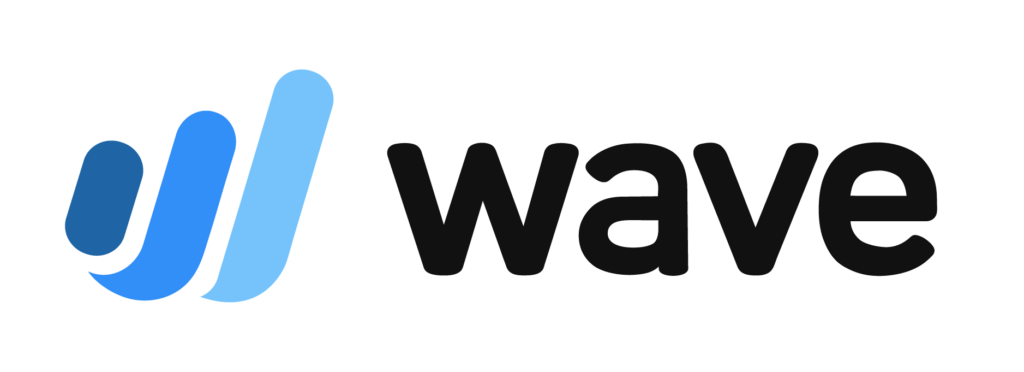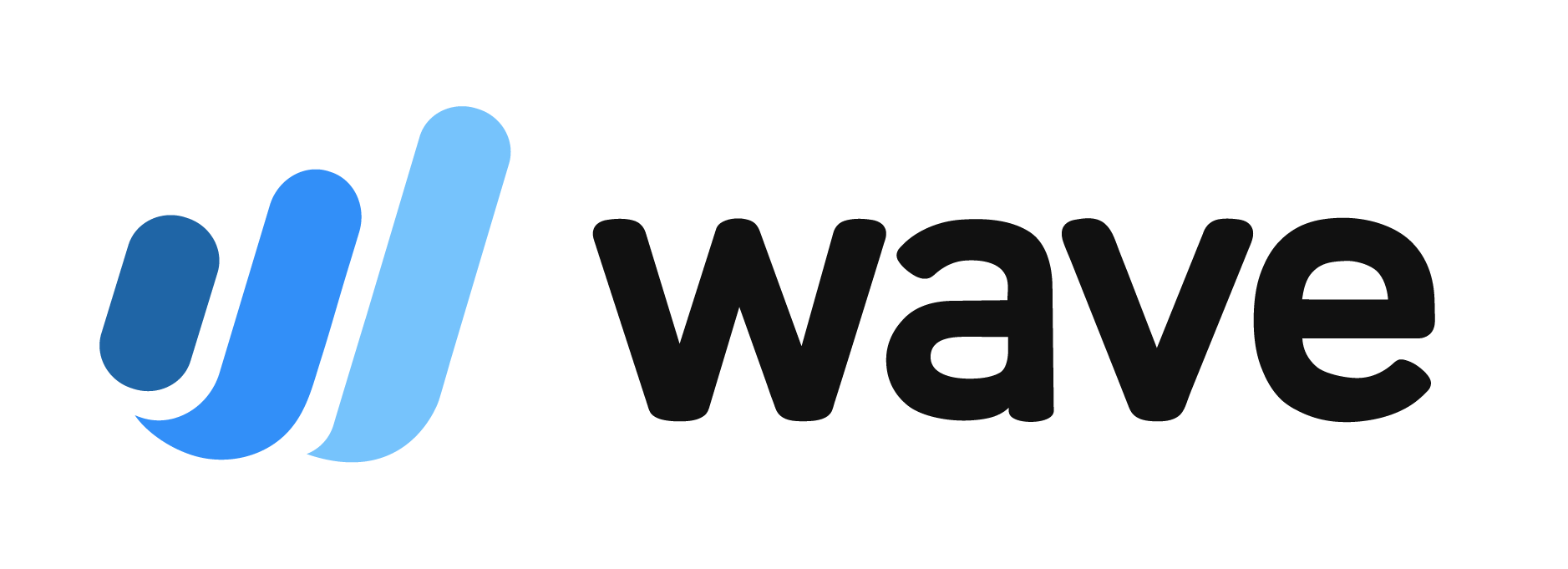The best restaurant accounting software must address most, if not all, of the components of restaurant operations and back-office management, including accounting, inventory checking, cost management, and employee scheduling. These capabilities can help managers and owners track the financial aspect of the business without toggling between programs or constantly transferring data between different software. Check […]
The best restaurant accounting software must address most, if not all, of the components of restaurant operations and back-office management, including accounting, inventory checking, cost management, and employee scheduling.
These capabilities can help managers and owners track the financial aspect of the business without toggling between programs or constantly transferring data between different software. Check out my evaluation of the five best restaurant accounting and bookkeeping software for managing your business.
| Monthly pricing | Accounting features score | Recipe or food management | Employee scheduling | POS integration | |
 | $499 per location* | 4.5/5 | ✓ | ✓ | ✓ |
| Visit Restaurant365 | |||||
 | $99** | 5/5 | ✕ | ✕ | ✓ |
| Visit QuickBooks Online | |||||
 | $330 per location | 5/5 | ✓ | ✕ | ✓ |
| Visit MarginEdge | |||||
 | $0 | 2.5/5 | ✕ | ✕ | ✕ |
| Visit Wave | |||||
 | Custom | 3.5/5 | ✓ | ✕ | ✓ |
| Visit Food Service Ace | |||||
*Billed quarterly
**Under the Plus plan

Pricing: 3.30/5
Accounting Features: 4.50/5
Restaurant Features: 5.00/5
Ease of use: 4.40/5
User Reviews: 4.10/5
Best for:
QuickBooks Online is a flexible pick for smaller restaurants, cafes, bistros, and startups. QuickBooks has everything you need to pay your bills, track costs, and produce quality financial statements. It can track income and expenses by project, location, and class.
For instance, you can easily produce reports separating activity by alcohol, food, and catering across multiple locations. You can also use project tracking to measure the profitability of individual catering jobs or special events.
QuickBooks won’t help you manage your restaurant, but it will integrate with most POS systems that offer helpful restaurant features. You could set up recipes as inventory build items and track your raw materials being turned into dishes, but that would be terribly inefficient. If you like QuickBooks’ flexible accounting features but want restaurant features, I recommend integrating QuickBooks Online with MarginEdge.
QuickBooks Online aced my rubric for accounting features, but it only got a 2.5 for restaurant features. While it won’t help determine the cost of recipes, schedule your employees, or provide EDI with your vendors, it does offer integrations with many great POS systems like Toast.
One of the things I like most about QuickBooks as a software for restaurant accounting is how easy it is to find help. In addition to its own bookkeeping service, QuickBooks Live, QuickBooks has a huge network of ProAdvisors in the US who are familiar with QuickBooks.
Pricing
You must schedule a free demo before purchasing a subscription.
Deployment type
Cloud
Free trial
None
Discount for new customers
None
Customer support
Telephone, live chat, chatbot, community forums, self-help materials
Average user review rating
4.1 out of 5 based on 67 Capterra reviews

Pricing: 4.40/5
Accounting Features: 5.00/5
Restaurant Features: 2.50/5
Ease of use: 4.40/5
User Reviews: 4.30/5
Best for:
QuickBooks Online is a flexible pick for smaller restaurants, cafes, bistros, and startups. QuickBooks has everything you need to pay your bills, track costs, and produce quality financial statements. It can track income and expenses by project, location, and class.
For instance, you can easily produce reports separating activity by alcohol, food, and catering across multiple locations. You can also use project tracking to measure the profitability of individual catering jobs or special events.
QuickBooks won’t help you manage your restaurant, but it will integrate with most POS systems that offer helpful restaurant features. You could set up recipes as inventory build items and track your raw materials being turned into dishes, but that would be terribly inefficient. If you like QuickBooks’ flexible accounting features but want restaurant features, I recommend integrating QuickBooks Online with MarginEdge.
QuickBooks Online aced my rubric for accounting features, but it only got a 2.5 for restaurant features. While it won’t help determine the cost of recipes, schedule your employees, or provide EDI with your vendors, it does offer integrations with many great POS systems like Toast.
One of the things I like most about QuickBooks as a software for restaurant accounting is how easy it is to find help. In addition to its own bookkeeping service, QuickBooks Live, QuickBooks has a huge network of ProAdvisors in the US who are familiar with QuickBooks.
Pricing
QuickBooks Online has four plans. For restaurants, I recommend Plus, which includes bill management and inventory, project, location, and class tracking.
When subscribing for the first time, you have the option of a free 30-day trial or a 90% discount for three months.
Deployment type
Cloud
Free trial
30 days
Discount for new customers
90% off for three months as of this writing; can’t be combined with a free trial
Customer support
Telephone (support calls you), live chat, chatbot, community forums, self-help material
Average user review rating
4.3 out of 5 based on 8,059 Capterra reviews

Pricing: 3.90/5
Accounting Features: 5.00/5
Restaurant Features: 3.30/5
Ease of use: 4.60/5
User Reviews: 4.60/5
Best for:
MarginEdge is the perfect complement to QuickBooks Online for restaurants. It combines QuickBooks Online’s outstanding accounting features with powerful restaurant features like recipe costing and commissary kitchen support. While I recommend QuickBooks Online as your bookkeeping integration, there are other great software, such as Sage, Xero, AccountEdge, and Microsoft Dynamics GP.
A great new feature of MarginEdge is the Freepour smart scale for an additional $150 per month. Bar owners (as well as fans of Bar Rescue) know that overpouring can cost you serious cash. The Freepour smart scale allows you to inventory the alcohol left in your open bottles to calculate the actual alcohol poured in an evening and compare it with the theoretical alcohol poured based on sales.
I don’t recommend using MarginEdge without a bookkeeping integration, so I evaluated it while integrated with QuickBooks Online Plus. With the integration, MarginEdge scored perfectly for the accounting features I look for in restaurant accounting software.
For restaurant features, MarginEdge received better marks than QuickBooks Online alone, but not as good as Restaurant365. A few of the missing restaurant features include employee scheduling, sales forecasting, and EDI with vendors. MarginEdge scored great for customer service since it offers multiple contact methods, including phone, email, and live chat with a human.
Pricing
MarginEdge charges a monthly flat fee of $330 per location. However, you’ll need to subscribe separately to a bookkeeping software.
You can add a Freepour smart scale for $150 monthly to track your alcohol on hand for accurate cost and shrinkage.
Deployment type
Cloud
Free trial
None, but a free demo is available
Discount for new customers
None
Customer support
Telephone, live chat, chatbot, community forums, self-help material
Average user review rating
4.6 out of 5 based on 47 Capterra reviews

Pricing: 5.00/5
Accounting Features: 2.50/5
Restaurant Features: 0.00/5
Ease of use: 4.60/5
User Reviews: 4.40/5
Best for:
Restaurant accounting software is useful for tracking food on hand, recipe costs, food costs, and waste. Not every establishment needs these capabilities and will do well with simple software that tracks income and expenses for their tax return. Food trucks, carts, and other very small establishments have little food inventory, so they have little need to track it in detail.
Wave is very affordable and works much like QuickBooks for simple expense tracking. You can connect your bank account (with the Pro plan) and categorize your income and expenses as you import them. If you have catering or larger jobs, you can send professional invoices and track them until you’re paid.
Wave aced my pricing rubric. It offers a free plan, but its paid plan is only $16 per month and includes unlimited users. For comparison, QuickBooks Simple Start offers similar features for $35 per month for a single user.
Wave’s basic accounting features are solid, but it doesn’t have some of the more advanced accounting features sit-down restaurants might like, such as tracking inventory and separating activity by class and location. Check out QuickBooks Online if you don’t want to pay for restaurant features but need good inventory accounting.
Also, Wave lacks restaurant features, so I only recommend it for very small food establishments where the owner is personally involved and has little food inventory. If you need restaurant features, I recommend Restaurant365.
Pricing
Deployment type
Cloud
Free trial
None
Discount for new customers
None
Customer support
Telephone, live chat, chatbot, community forums, self-help material
Average user review rating
4.4 out of 5 based on 1,688 Capterra reviews
The Pro plan adds the following features:

Pricing: 2.60/5
Accounting Features: 3.50/5
Restaurant Features: 4.30/5
Ease of use: 3.10/5
User Reviews: 0.00/5
Best for:
I recommend Food Service Ace because of its comprehensive catering software. It helps you plan catering events by forecasting cash flows based on proposals, tracking deposits, organizing event workflow, and issuing final invoices. The other features are similar to those found in Restaurant365, but without upfront pricing.
Food Service Ace scored poorly in pricing because it doesn’t provide any estimate of price on its website. At the very least, it could’ve enumerated the features in its custom pricing model to provide users with a general impression about its custom plan.
I can’t overlook its lack of accounting software integrations either. Although Food Service Ace has built-in accounting features, I believe that access to other third-party software will give users more flexibility and better ease of use, especially for those who need advanced accounting features. MarginEdge is my top recommendation for restaurant software that integrates with accounting software like QuickBooks, Sage, and Xero.
Pricing
Pricing is quote-based and paid monthly. The price includes data backup, unlimited users, and 24/7 access to a help desk
Deployment type
Cloud
Free trial
None
Discount for new customers
None
Customer support
Telephone and email
Average user review rating
None
I assessed the best restaurant bookkeeping software based on basic accounting features, reporting, and useful restaurant-specific functions. Your accounting system must integrate with your POS solution, so I evaluated whether the tool integrates with any top restaurant POS systems like Toast, SpotOn, and Lightspeed.
Pricing: 15% of the overall score
My pricing score includes not only the cost but also whether month-to-month contracts are available and if there are any limitations on users, transactions, customers, or vendors.
Accounting features: 25% of the overall score
The general features include accounting features that all industries require, but the weights placed on features are specifically tailored to restaurants. Payroll, inventory management, and bill management are particularly important for restaurants.
Restaurant features: 25% of the overall score
The most heavily weighted restaurant feature is the number of sound POS systems available for integration. Other features I considered include tracking multiple locations and updating the cost of preparing recipes based on daily food prices, employee scheduling, sales forecasting, and EDI with vendors.
Ease of use: 20% of the overall score
My ease of use score includes a subjective evaluation and available customer support options. Finally, I considered whether the software had any accounting partners offering assisted bookkeeping services.
User reviews: 15% of the overall score
In rating user reviews, I checked user review websites to gain user insights and suggestions. I believe that feedback from actual and verified software users provides valuable information about its usability for small businesses.
The easiest and most convenient way to set up a restaurant accounting system is by hiring a professional accountant with experience in restaurant accounting. You can also get accounting software and modify it for restaurant accounting.
Such modifications include adding unique accounts, like raw materials, labor, overhead, and other special income and expense accounts for restaurants, like food sales, discounts, service fees, and delivery expenses. Additionally, some software will have robust onboarding included.
Yes, Excel can be useful in preparing certain restaurant schedules, but I highly recommend using bookkeeping software to track income and expenses for the easiest time. It’s not the raw data input that’s hard, but using your business data dynamically, which Excel isn’t capable of.
The best way to account for restaurant expenses is to group them by cost components: direct materials, direct labor, and overhead. Direct materials are ingredients that your restaurant uses, like meat and vegetables, while direct labor consists of payroll of all employees. Finally, overhead costs are those that can’t be traced directly to your products, like electricity, the use of condiments, and telecommunication expenses.
Restaurant365 is complete restaurant management and accounting software on a single platform. While it’s pricier than competitors, it won’t disappoint in terms of restaurant management features. However, if budget is your concern, then MarginEdge plus a QuickBooks Online plan is the best choice for affordability. Food Service Ace is also worth considering if catering is a significant component of your business.
Ray Delucci is a graduate of The Culinary Institute of America with a Bachelor’s in Food Business Management. He has experience managing restaurants in New York City, Houston, and Chicago. He is also the host of the Line Cook Thoughts Podcast, where he interviews and shares the stories of foodservice workers. Ray currently works in food manufacturing and food product development.
Property of TechnologyAdvice. © 2025 TechnologyAdvice. All Rights Reserved
Advertiser Disclosure: Some of the products that appear on this site are from companies from which TechnologyAdvice receives compensation. This compensation may impact how and where products appear on this site including, for example, the order in which they appear. TechnologyAdvice does not include all companies or all types of products available in the marketplace.